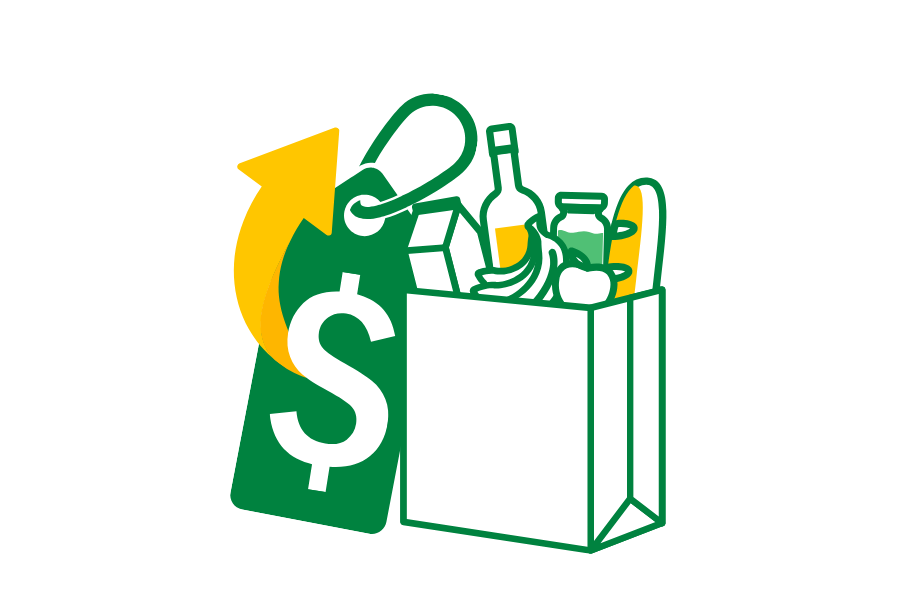Optimising Your Billing Cycle: Boosting Cash Flow for Your Business
Understanding and managing the length of your business billing cycle is crucial for maintaining a healthy cash flow. In this blog post, we’ll delve into how to determine the optimal billing cycle length for your business, discuss the impact of different billing cycle lengths on cash flow, and explore strategies to manage billing cycles effectively.
What is a Billing Cycle?
A billing cycle is the period between billing statements, often associated with credit cards, loans, vendor payments, and customer invoices. The duration of these cycles can significantly impact your cash flow, influencing how money moves in and out of your business.
Key Components of a Billing Cycle
1. Billing Period
The specific timeframe during which goods or services are provided and recorded for billing. This period can range from a few days to a month or longer, depending on the business.
2. Invoicing
After the billing period ends, an invoice is generated, detailing the charges incurred. It includes the amount owed, due date, and any applicable late fees or discounts.
3. Payment Collection
Customers make payments within the specified due date, using various methods such as online payments, credit cards, or checks.
4. Account Reconciliation
Once payment is received, it is reconciled with the customer’s account, ensuring the payment is correctly credited, and any outstanding balance is updated.
Pros and Cons of Different Billing Cycles
1. Monthly Billing Cycle
Pros:
- Easier to budget with predictable monthly payments.
- Reduces liabilities within a 30-day period.
- Beneficial for managing long-term debt during growth phases.
Cons:
- Frequent payments can strain the accounting department.
- Minimum credit card payments often favour lenders over businesses.
2. Quarterly Billing Cycle
Pros:
- Provides more time between payments.
- Aligns well with net-90-day invoicing, matching cash inflows with debt payments.
- Reduces the frequency of accounting entries.
Cons:
- Higher individual payments.
- Accumulated interest increases the total payoff amount.
- Potential additional fees from vendors for quarterly billing.
3. Annual Billing Cycle
Pros:
- Often comes with discounts for annual commitments.
- Simplifies financial planning and budgeting for the year.
Cons:
- Requires a large upfront payment.
- Next year’s bill may not be discounted and is due in full upon renewal.
- Limited flexibility if cash flow becomes tight.
Impact of Billing Cycle Length on Cash Flow
1. Timing of Inflows and Outflows
- Longer Billing Cycles: Create longer gaps between expenses and payments, potentially leading to cash flow issues.
- Shorter Billing Cycles: Improve liquidity by bringing in revenue more frequently, helping cover outgoing payments.
2. Budgeting and Forecasting
- Longer Cycles: Complicate accurate cash flow forecasting.
- Shorter Cycles: Allow for tighter cash flow projections and better budget alignment.
3. Interest Costs
- Longer Cycles: May require more reliance on credit, increasing interest costs.
- Shorter Cycles: Reduce the need for financing gaps, lowering interest expenses.
4. Customer Credit Risk
- Longer Cycles: Increase the risk of customer non-payment.
- Shorter Cycles: Minimise outstanding balances and associated risks.
✅ Counto is dedicated to helping small businesses thrive, offering Counto BillPay as a complimentary all-in-one solution for bill payments, spend management, and accounts payable with every accounting plan—Learn more here.
Strategies to Manage Billing Cycles and Improve Finances
1. Review Your Billing and Invoicing Cycles
Assess your current billing and invoicing cycles to identify areas for improvement. For instance, switching from net-60 to net-30-day terms can accelerate cash inflows and improve cash flow.
2. Adjust Payment Due Dates
Negotiating payment due dates with creditors can provide extra breathing room. Adjusting due dates without changing the billing period can help align outflows with inflows more effectively.
3. Automate Bill Payments
Automating bill payments ensures timely payments, enhancing your business credit score and improving vendor relationships. While it won’t solve all cash flow issues, it provides stability and reliability.
Summary
Optimising your billing cycle length is essential for effective cash flow management. By understanding the pros and cons of different billing cycles, assessing your current processes, and implementing strategies to manage billing cycles better, you can enhance your business’s financial health.
Simplify Your Bill Payments with Counto BillPay
Try Counto BillPay, your all-in-one solution for bill payments, spend management, and accounts payable. Automate your financial processes and set custom smart rules with our intelligent AI. Want to see it in action? Schedule a demo today! Chat with us directly on our chatbot, email us at [email protected], or contact us using this form.
Here are some articles you might find helpful:






